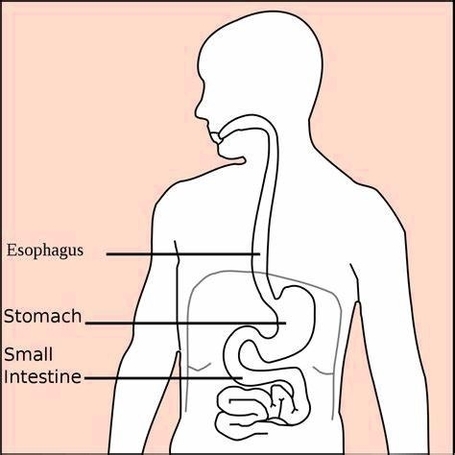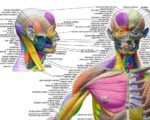Stomach Diseases
tomach diseases, also known as gastrointestinal diseases, affect the gastrointestinal (GI) tract, which runs from the mouth to the anus. These diseases can be broadly categorized into functional and structural types. Here are some common stomach diseases:
1. Gastroesophageal Reflux Disease (GERD): GERD occurs when stomach contents such as food, acid, or bile move back into your esophagus. When this happens twice a week or more, it’s called GERD. This chronic condition can cause heartburn and irritate your esophagus lining.
2. Gastritis: Gastritis is an inflammation of your stomach lining. Acute gastritis may come on suddenly, while chronic gastritis happens slowly. Symptoms of gastritis include hiccups, nausea, vomiting, indigestion, bloating, appetite loss, and black stool due to bleeding in your stomach.
3. Peptic Ulcer: If the lining of your stomach breaks down, you may have a peptic ulcer. Most are located in the first layer of the inner lining. An ulcer that goes all the way through your stomach lining is called a perforation and requires immediate medical attention.
4. Viral Gastroenteritis: Viral gastroenteritis occurs when a virus causes your stomach and intestines to become inflamed.
5. Hiatal Hernias: Hiatal hernias occur when a weakened area of the diaphragm allows the stomach to protrude into the chest.
6. Stomach Cancer: Stomach cancer is a disease in which malignant (cancer) cells form in the lining of the stomach.
Each of these diseases has its own set of symptoms, causes, and treatments. Some common symptoms across these diseases include abdominal pain, nausea, vomiting, indigestion, and changes in bowel movements. Risk factors can include stress, bile reflux, excess alcohol consumption, chronic vomiting, use of aspirin or nonsteroidal anti-inflammatory drugs (NSAIDs), bacterial or viral infections, and certain autoimmune diseases.
Treatments for these conditions can range from lifestyle changes and over-the-counter remedies to prescription medications and surgery. It’s important to consult with a healthcare professional if you’re experiencing symptoms of a stomach disease. They can provide a proper diagnosis and recommend an appropriate treatment plan. Remember, early detection and treatment can significantly improve the prognosis for many of these conditions..



